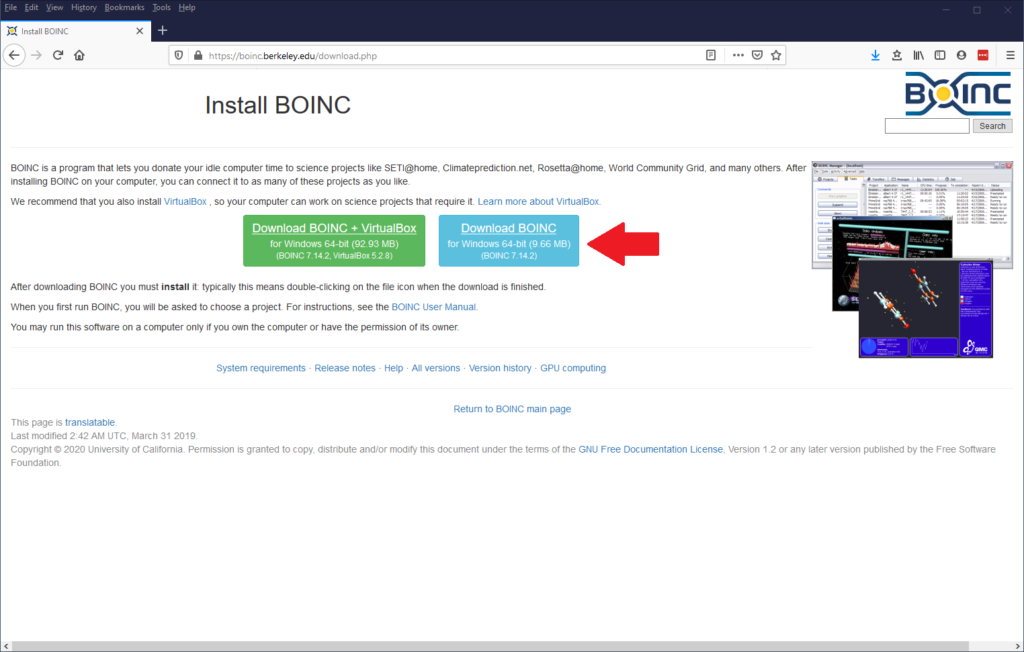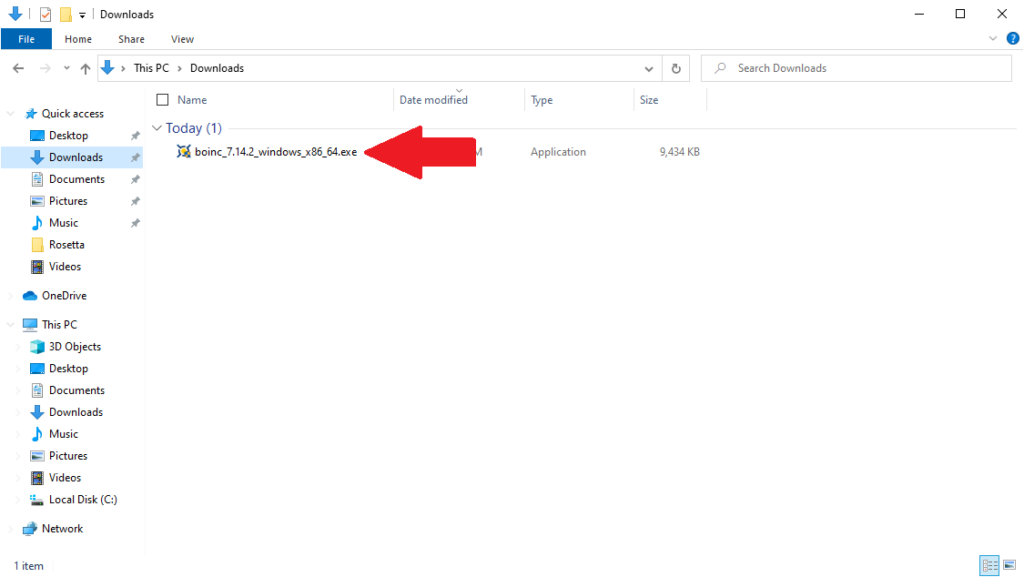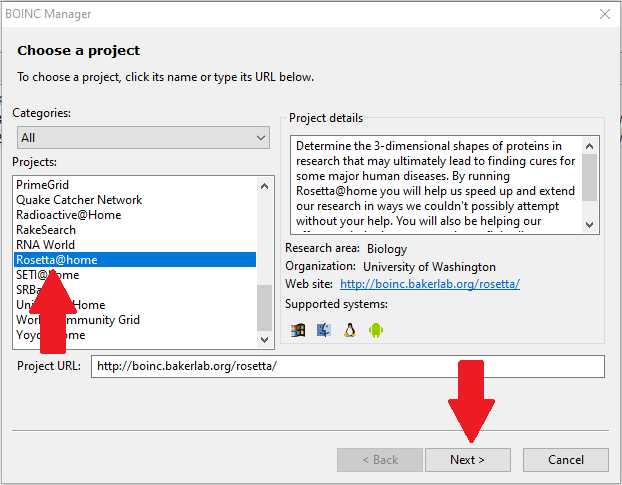What is citizen science and why should I help?
Scientists around the world are working around the clock to find both a treatment and a vaccine for COVID-19. A big part of their work involves understanding the structure of SARS-CoV-2, the virus that causes the disease COVID-19. By understanding the structure, scientists can then develop drugs that target the parts of the virus that allow it to infect human cells, treating people who get infected and vaccinating people to prevent infection.
Wish you could do something to help? Well, you can! By installing a simple piece of software on one or more of your computers, you can contribute your unused computing power to run simulations of the virus and potential treatments. Enabling amateur scientists like you and me to participate in research projects is called “citizen science.”
This is made possible by a piece of software called BOINC, which stands for the Berkeley Open Infrastructure for Network Computing. Developed at the University of California Berkeley, BOINC allows approved researchers to run small programs on your computer when you aren’t using it. BOINC detects when you have started to use your computer (by noticing you have moved the mouse or typed on the keyboard) and stops its activity until you have finished. Carolyn and I have been running BOINC on our computers and participating in the Rosetta@home project since 2006 without problem. (In fact, Carolyn is in the top 1 percent of participants worldwide.) The project is very careful about who it allows access, so as long as you are participating in a research project that has been approved by BOINC you can be assured that the use of your computer is legitimate.
How do I participate?
To participate, you need to install the BOINC software and tell it to attach you to the Rosetta@home project. Start by downloading the installer from https://boinc.berkeley.edu. The screenshots below are for Windows, but installation on the Mac is very similar.

Find the installer, probably in the “Downloads” folder, and run it.

You will go through the usual steps for installing software, including possibly a security prompt from Windows or MacOS confirming that you want to allow the installer to make changes to your computer.





Now that you have installed BOINC, you need to tell it to attach to the Rosetta@home project. A short time after you have clicked “Finish” the “BOINC Manager” window should appear, followed by a dialog box that allow you to choose a research project. Scroll down the list and select “Rosetta@home”, then click “Next”.

In the next dialog box, enter a valid email address and choose a good password, then click “Next”

You should end up with a success message like this:

The BOINC Manager window will show that you are now a part of the Rosetta@home project. The “Tasks” tab will eventually show the work that has been assigned to your computer.

Your computer will work on its assigned tasks as long as it is running and you aren’t using it. If you need to reboot, sleep, or shut down, that’s OK. It will pick up where it left off.
Significant discoveries have been made already by the Rosetta@home research group. You’ll use some extra electricity, but we think it is worth it. It feels good to be doing something concrete to help fight this virus!